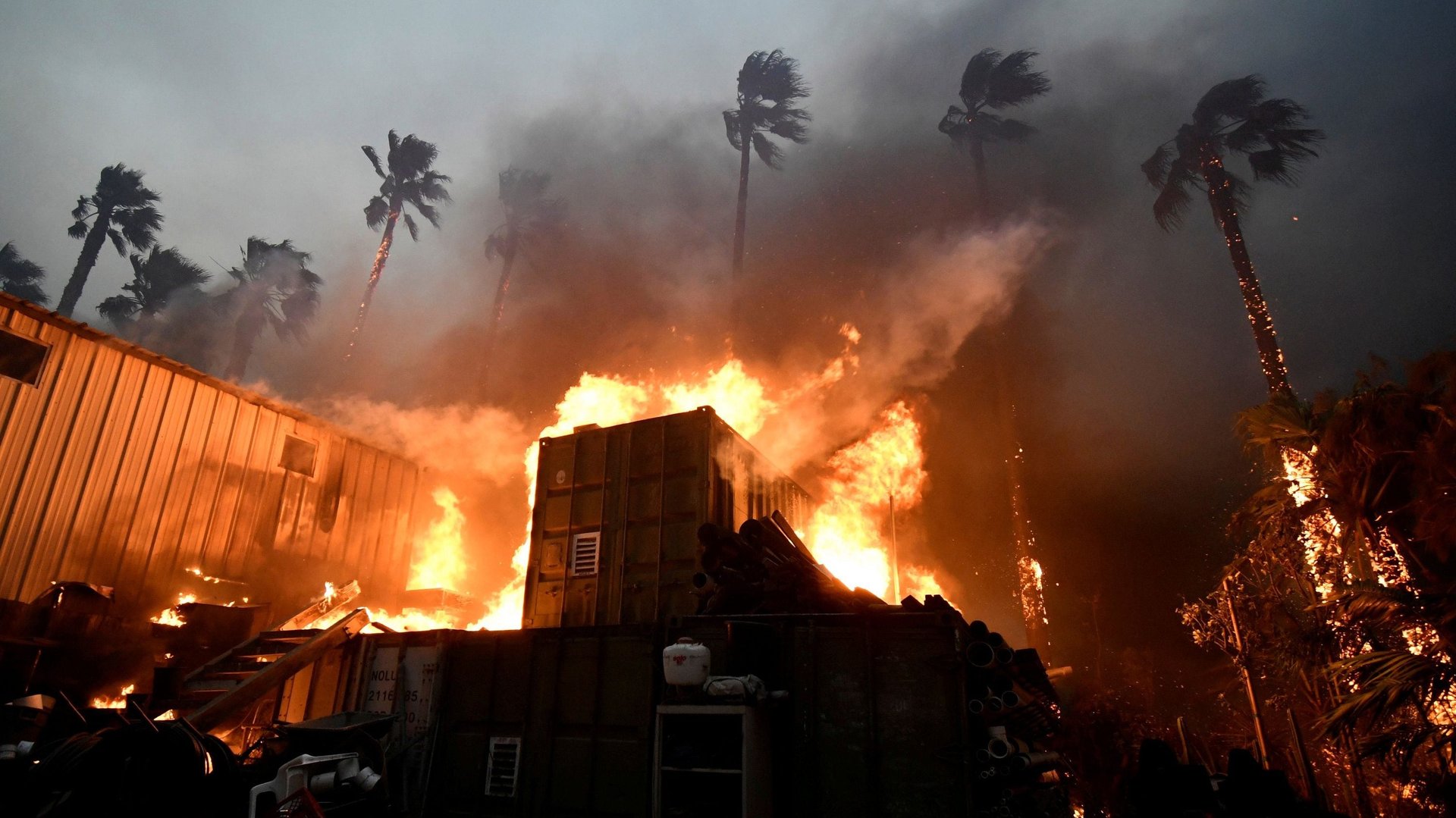Did the Woolsey fire disturb a nuclear waste site? California says no, and a group of doctors say yes
As the Woolsey fire tore through more than 90,000 acres of Southern California over the weekend, it scorched land at a closed-down lab where the US government and private companies tested nuclear weapons and rocket engines for decades beginning in the 1940s.


As the Woolsey fire tore through more than 90,000 acres of Southern California over the weekend, it scorched land at a closed-down lab where the US government and private companies tested nuclear weapons and rocket engines for decades beginning in the 1940s.
The Santa Susana Field Lab (SSFL), in the Simi Hills right on the border of Ventura and Los Angeles counties, is now a federal Superfund site. It was the site of several nuclear accidents, including the worst nuclear meltdown in US history when, in 1959, facility operators intentionally vented nuclear material from the site’s “Sodium Reactor Experiment” to prevent it from overheating and exploding. By the time the leaks were closed, the site had released 459 times more radiation than was leaked during the better-known 1979 meltdown at Three Mile Island.
The lab property, now owned by airplane manufacturer Boeing, stretches for 2,800 acres in the Simi Hills, and remains contaminated with toxic materials. Thousands of people live within two miles of the site, and roughly half a million live within 10 miles, according to an investigation by NBC 4 Los Angeles.
The California Department of Toxic Substances Control said that, as of Friday (Nov. 9), they believed there was nothing to worry about at the Santa Susana site in relation to the Woolsey fire. “Our scientists and toxicologists have reviewed information about the fire’s location and do not believe the fire has caused any releases of hazardous materials that would pose a risk to people exposed to the smoke,” the department said in a statement.
But some physicians disagree.
“We know what substances are on the site and how hazardous they are. We’re talking about incredibly dangerous radionuclides and toxic chemicals such a trichloroethylene, perchlorate, dioxins and heavy metals,” Robert Dodge, a physician and the president of Physicians for Social Responsibility Los Angeles, said in a statement. “These toxic materials are in SSFL’s soil and vegetation, and when it burns and becomes airborne in smoke and ash, there is real possibility of heightened exposure for area residents.”
Weighing in with satellite imagery tells a similarly two-sided story. These images show that the fires did spread to the compound, but they didn’t take down structures. With near-infrared imagery, dense vegetation appears red while burn scars from the Woolsey fire contrast as dark brown.
The physicians’ group also took a swipe at the California Department of Toxic Substances Control, noting that the state agency is the subject of an independent review commissioned by the California state legislature to investigate its handling of toxic-site cleanups.
The Santa Susana Field Lab has never been completely cleaned up, and residents believe cancer occurs at higher than normal rates in the area. People who worked at the lab in the 1950s and who developed cancer are part of a designated US Centers for Disease Control “special exposure cohort” and may be eligible for compensation for their nuclear materials exposure.
The site is adjacent or nearby to several Southern California residential communities, including Simi Valley, Chatsworth, West Hills, Canoga Park, Woodland Hills, Thousand Oaks, and Moorpark. Several of these communities suffered fire damage, and California’s state fire department estimates 370 structures in total have been destroyed in the blaze so far.